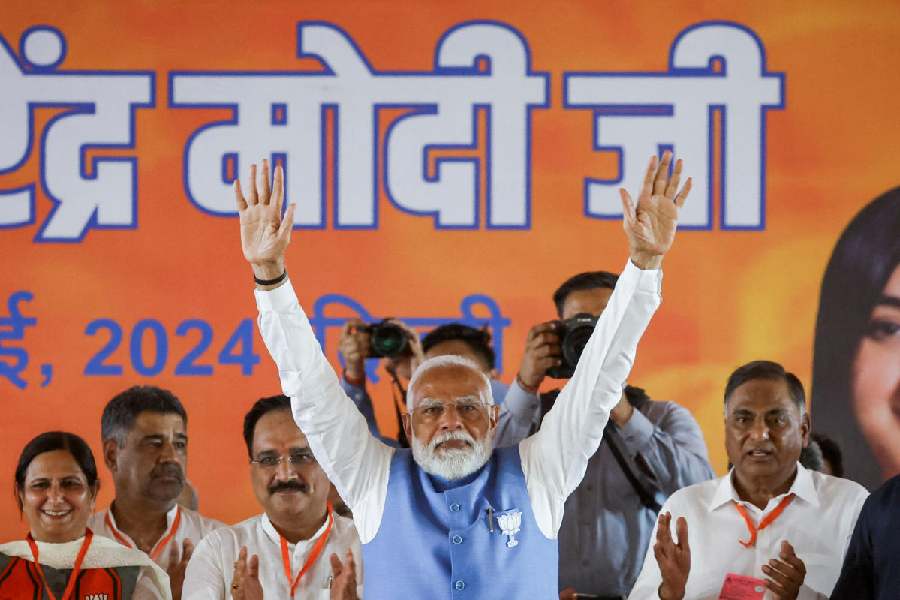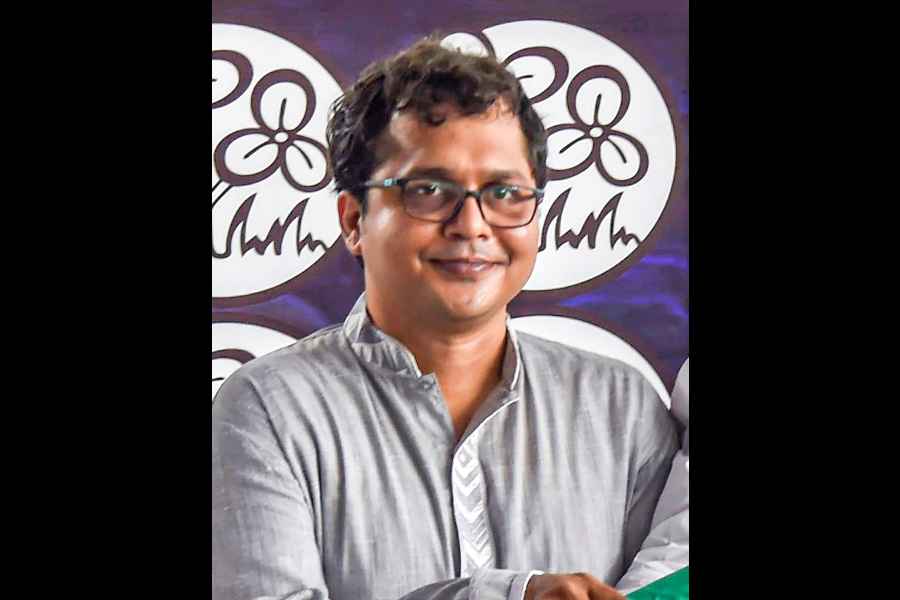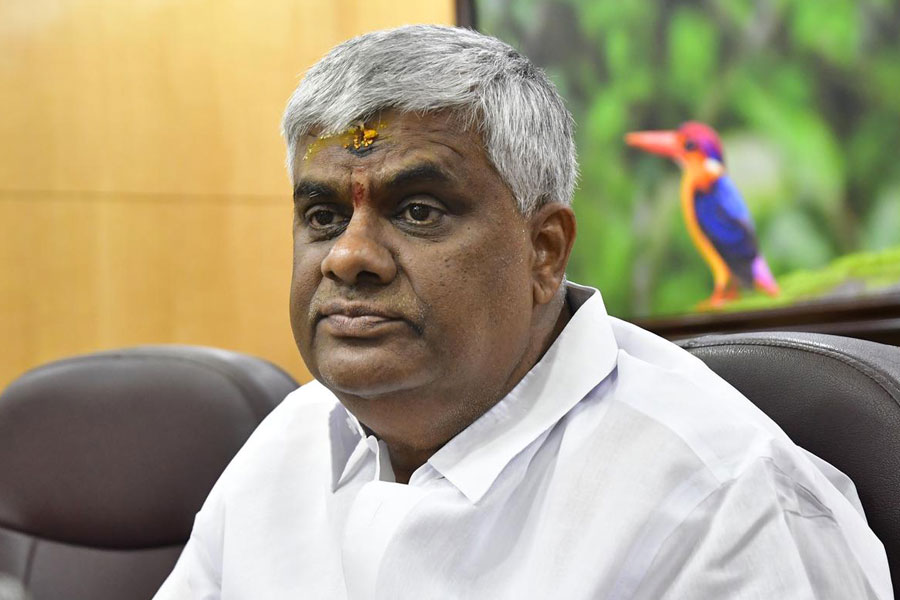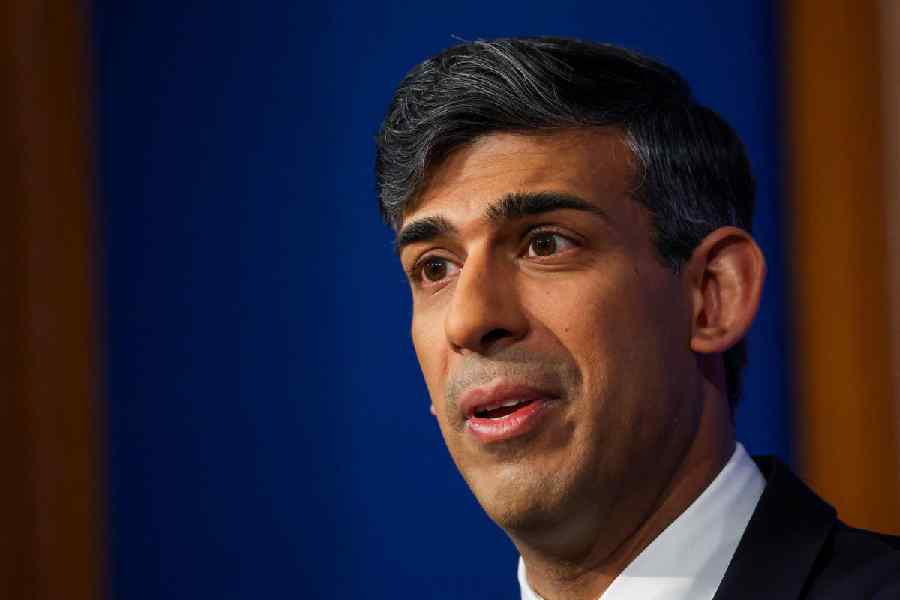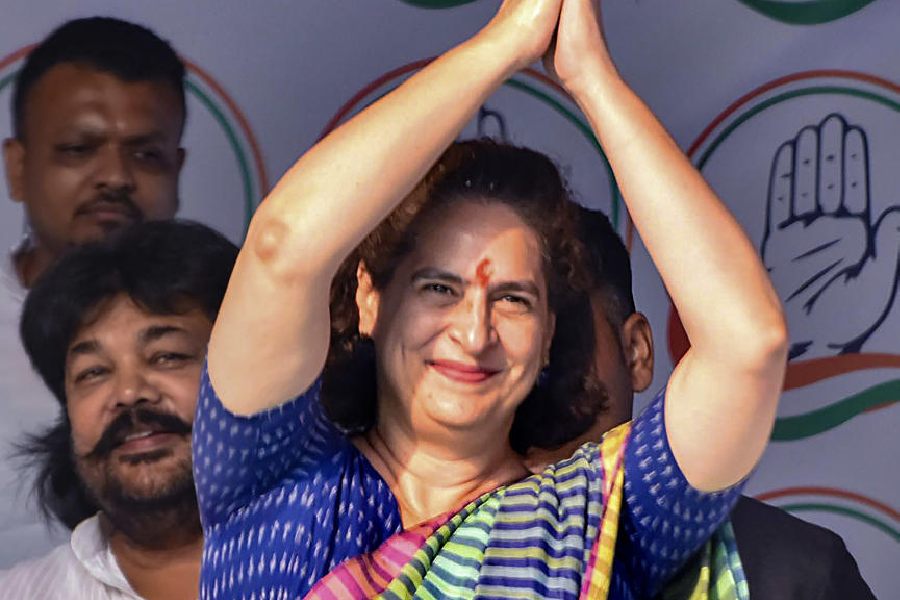The North Bengal University has introduced Braille script for the visually-impaired visitors to the Akshaya Kumar Maitreya Heritage Museum (A.K.M. Heritage Museum) at the varsity.
Located on the NBU premises on Siliguri’s outskirts, the museum was established in 1965.
“With the introduction of Braille script, visually-impaired visitors will learn about ancient history and archaeological and historical landmarks. The university has made the arrangement so that the blind can gain knowledge about the history and historical artefacts and documents preserved at the museum,” said a source.
The project named “Anubhav (feeling)” was inaugurated by vice-chancellor Rathin Banerjee recently.
The VC said the visually-impaired students and others could connect themselves to the antiques at the museum with the launch of the Braille script.
“Till now, the museum was an unknown place for such students and other visitors. Now that the Braille script has been introduced, they will be able to learn about many historical pieces,” said the VC.
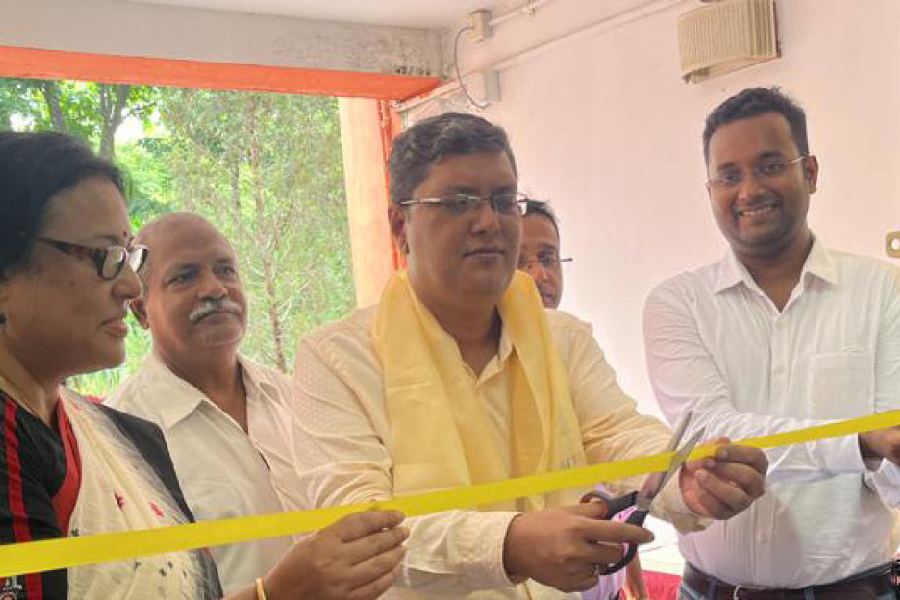
NBU VC Rathin Banerjee inaugurates the Braille script at the museum
Malay Saha, the assistant curator at the museum, said the Braille scripts were placed in two galleries on theground floor and more such scripts would be introduced soon.
Earlier, the museum was open only to students and researchers. Since 2006, it has been open to common people as well. The museum boasts many artefacts, including those of north Bengal, and they are of immense importance in research.


